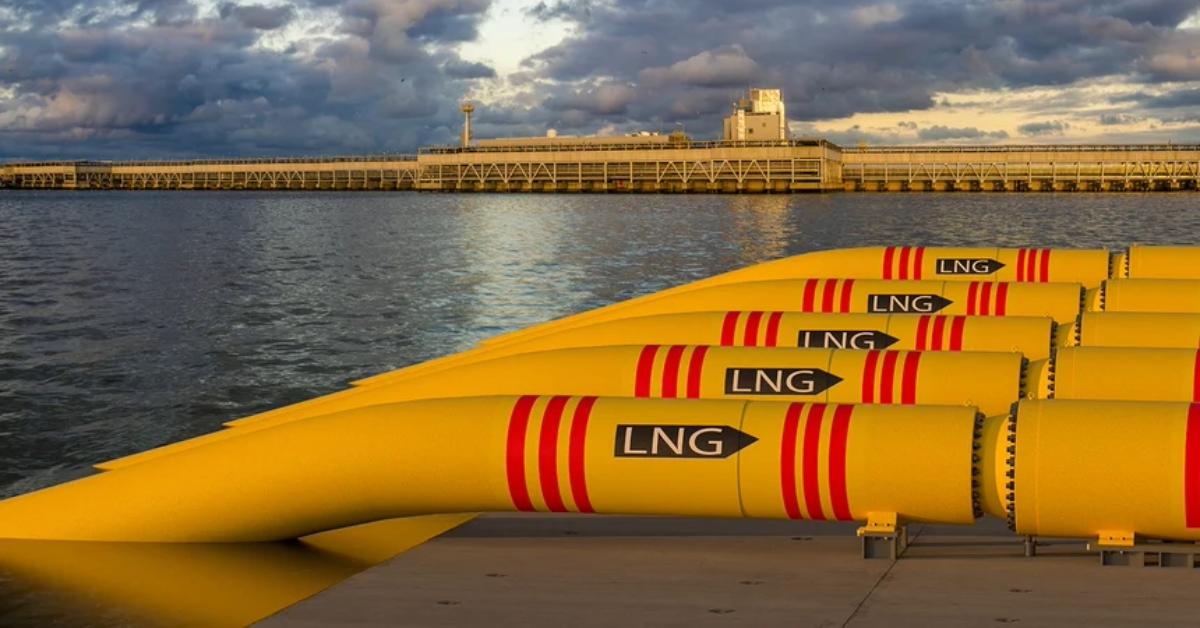ENTSOG chooses PLEXOS to model the European gas system
ENTSOG and Energy Exemplar sign a multi-year licence agreement for the PLEXOS integrated power and gas energy simulation platform.

Owned by the republic of Croatia, EIHP was founded by the Croatian government to support the liberalization and privatization of its energy market.
The Eastern European Natural Gas Partnership (EE-NGP) was established by the United States Agency for International Development (USAID), the United States Energy Association (USEA), and the Natural Gas Transmission System Operators (TSOs) of Eastern Europe to promote regional cooperation in natural gas transmission network planning, regional harmonization of methodologies and operational principles. The EE-NGP was modeled after the Southeast Europe Cooperative Initiative (SECI), an electric transmission system planning project that was also established by the USEA and USAID and supported by the EIHP before graduating from assistance and being adopted by ENTSO-E. The EIHP was commissioned to provide technical support to the EE-NGP.
The EIHP began by building a regional hydraulic model for the EE-NGP member states, but the hydraulic model alone did not provide the EIHP with the capability required for their next study, the Three Seas Initiative + One (Aegean Sea) Market Integration Study. The study's goal was to discover new gas supply routes to the Southeastern European region to ensure a radical diversification of gas supply. To accomplish this, the network needed to be optimized to identify the most crucial current and future infrastructure to enable North-South and South-North gas transmission. At this point, the EIHP team working on the EE-NGP decided it was time to explore the use of Energy Exemplar's PLEXOS software, which was already extensively used by their colleagues in the power sector.
With PLEXOS' advanced capabilities to perform market analysis, the EIHP were able to answer questions such as:
- What would certain transmission projects cost?
- How would diversification impact pricing?
- What effects it could diversification have on tariffs?PLEXOS was completely new to the gas team at the EIHP, however, with the support of the team at Energy Exemplar, they were able to take a market approach to modeling that provided more detail and accurate information on their studies.
Once the EIHP had selected PLEXOS and completed training, onboarding, and implementation with the Energy Exemplar team, they leveraged the solution for a study on the Three Seas Initiative, North-South Gas Market simulation. The completion of this study demonstrated PLEXOS' ability to model tariffs. The study also gave the EE-NGP TSOs the ability to help check and fine tune the modeling.
In July 2021, the team at EIHP performed the EE-NGP Supply Shortage Assessment using PLEXOS. Because Russia had been a major supplier of gas to Europe, the EIHP wanted to analyze what would happen if Russian natural gas supply to Europe were to cease on August 1, 2022. The date chosen was arbitrary, and didn't fit with real-time changes resulting from the fluctuating state of affairs in Russia and Ukraine, but the results are very interesting nonetheless.
The team used four demand sectors in the supply shortage assessment: households, services, transformation, and industry. The intention was to pinpoint where shortages would occur and identify measures to alleviate them. Looking at ten different scenarios, the study found that if Russian gas supplies ceased on August 1, 2022, there would be a 1% shortage in satisfying regional annual demand - a shortage of over 2.5 billion-kilowatt hours. However, the effect of the cuts would diminish with every passing day as gas stores begin to fill up.
The study also indicated that while Eastern Europe would technically be in a better position than Western Europe (because the markets are centered and linked), the pricing and shortages that would arise in Western Europe would affect regional pricing. The study predicted that Eastern European prices would climb to a maximum that households and industry are willing to pay, at which point gas flows to Western Europe, where the price would be matched, thus leveling out. While LNG capacities in the region would assist with shortages, the study indicated that it would not alleviate the pricing increase, as it falls under the same price formation principles as the rest. The overall conclusion of the study was that shortages are not based on supply but are rather on the economy.
As we all know, the loss of much of the Russian gas supply to Europe occurred before the arbitrary, hypothetical date that was selected for this study in 2021. However, as time goes on, it will be interesting to see whether the results of the EE-NGP Supply Shortage Assessment prove out. For instance, it will be interesting to see if the effect of the cuts on gas from Russia will diminish over time, and if shortages will truly prove to be economically based rather than supply based.

ENTSOG and Energy Exemplar sign a multi-year licence agreement for the PLEXOS integrated power and gas energy simulation platform.

Cascade Natural Gas - One of the Fastest Growing Natural Gas Utilities in the U.S. Cascade Natural Gas, a subsidiary of MDU Resources Group, is a...

Tokyo Gas: Operating Across the Entire LNG Value Chain Established in 1885 as a private gas company, Tokyo Gas Group now has over 15,500 global...